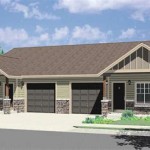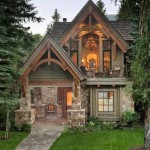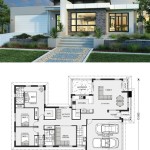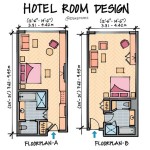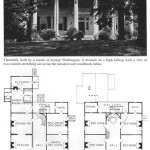Federal Style House Plans: A Comprehensive Guide to the Future
The Federal style, a significant architectural movement in America during the late 18th and early 19th centuries, continues to captivate home enthusiasts today. Characterized by its elegant simplicity and classical influences, the Federal style remains a timeless choice for those who appreciate history and refined design. This guide explores the essence of Federal style house plans, highlighting their key characteristics, historical significance, and enduring appeal.
Key Features of Federal Style Architecture
The Federal style, also known as the "Adam style" after the influential Scottish architect Robert Adam, is distinguished by its harmonious blend of practicality and aesthetic appeal. These houses are typically two or three stories tall, with symmetrical facades and a rectangular footprint. Some key features include:
- Palladian windows: These iconic windows, featured in many Federal style homes, are characterized by their arched top and two smaller flanking windows, often with intricate muntins and decorative trim.
- Fanlights and sidelights: These elements, often found flanking entrance doors, enhance the visual appeal and provide natural light to the interior. Fanlights are semi-circular windows, while sidelights are rectangular windows flanking the door.
- Porticoes and entryways: Grand entrances are an integral part of Federal style homes. They frequently feature porticoes (covered porches) with columns or pilasters, creating an inviting and imposing presence.
- Classical details: Federal style homes often incorporate motifs inspired by classical Roman and Greek architecture. This includes elements like cornices, dentils, and pediments, which add depth and structure to the facade.
- Formal layout: The interior design of Federal style homes emphasizes symmetry and balance. Floor plans often feature formal living and dining rooms, with a central hallway connecting the rooms.
- Simple and refined ornamentation: Federal style homes often feature decorative elements such as molding, wainscoting, and fireplace surrounds that are understated yet elegant, avoiding excessive ornamentation.
Historical Significance of Federal Style Homes
The Federal style emerged in America in the late 18th century, coinciding with the establishment of the United States as a new nation. This period saw a spirit of national pride and a desire to create a distinct American architectural identity. Inspired by the elegance and refinement of classical European architecture, American architects sought to adapt these principles to the local context.
The Federal style reflected the ideals of democracy and republicanism that were central to the new nation. The simplicity and practicality of the designs resonated with the values of the emerging middle class, who were eager to express their aspirations for independence and cultural advancement.
Reinterpreting Federal Style for Modern Living
While rooted in history, the Federal style remains relevant and adaptable to modern living. Homeowners today can embrace the timeless elegance of Federal style house plans while incorporating contemporary features and amenities to create a comfortable and functional living space.
Here are some ways to reinterpret the Federal style for modern living:
- Open floor plans: While traditional Federal style homes often featured formal, separated rooms, modern interpretations can incorporate open floor plans to create a more spacious and flexible living environment.
- Modern materials: While maintaining the architectural essence of the style, modern materials can be used to achieve a contemporary feel. For example, steel, glass, or composite materials can be incorporated into the exterior design.
- Energy-efficient features: Modern technology can be integrated to enhance energy efficiency and sustainability, such as solar panels, geothermal heating, and high-performance windows.
- Smart home technology: The Federal style can seamlessly integrate smart home technology for enhanced comfort, security, and convenience.

Farmhouse Style House A Timeless And Classic Home Redfin

74 Beautiful Vintage Home Designs Floor Plans From The 1920s Americana

House Plans Find Your Perfect Plan
:max_bytes(150000):strip_icc()/SL-2052-ramble-farmhouse-8a293bf41df64397826443ce4dfcc6d2.jpg?strip=all)
20 Farmhouse Plans That You Ll Want To Call Home
:max_bytes(150000):strip_icc()/SL-2001-tennessee-farmhouse-c325fe44f6f34dac8bd5862cb721b2e6.jpg?strip=all)
20 Farmhouse Plans That You Ll Want To Call Home

Baltimore S Best Home Interior Exterior And Landscape Designs
/cloudfront-us-east-1.images.arcpublishing.com/dmn/NMO5BTT64BBVZNSQBBKD6G5ZDU.png?strip=all)
Everything You Need To Know About Painting Your Home S Exterior

The Most Popular House Styles Through Decades Bob Vila

Sustainable Architecture A Guide For Architects And Designers

2024 Library Design Showcase American Libraries
Related Posts


